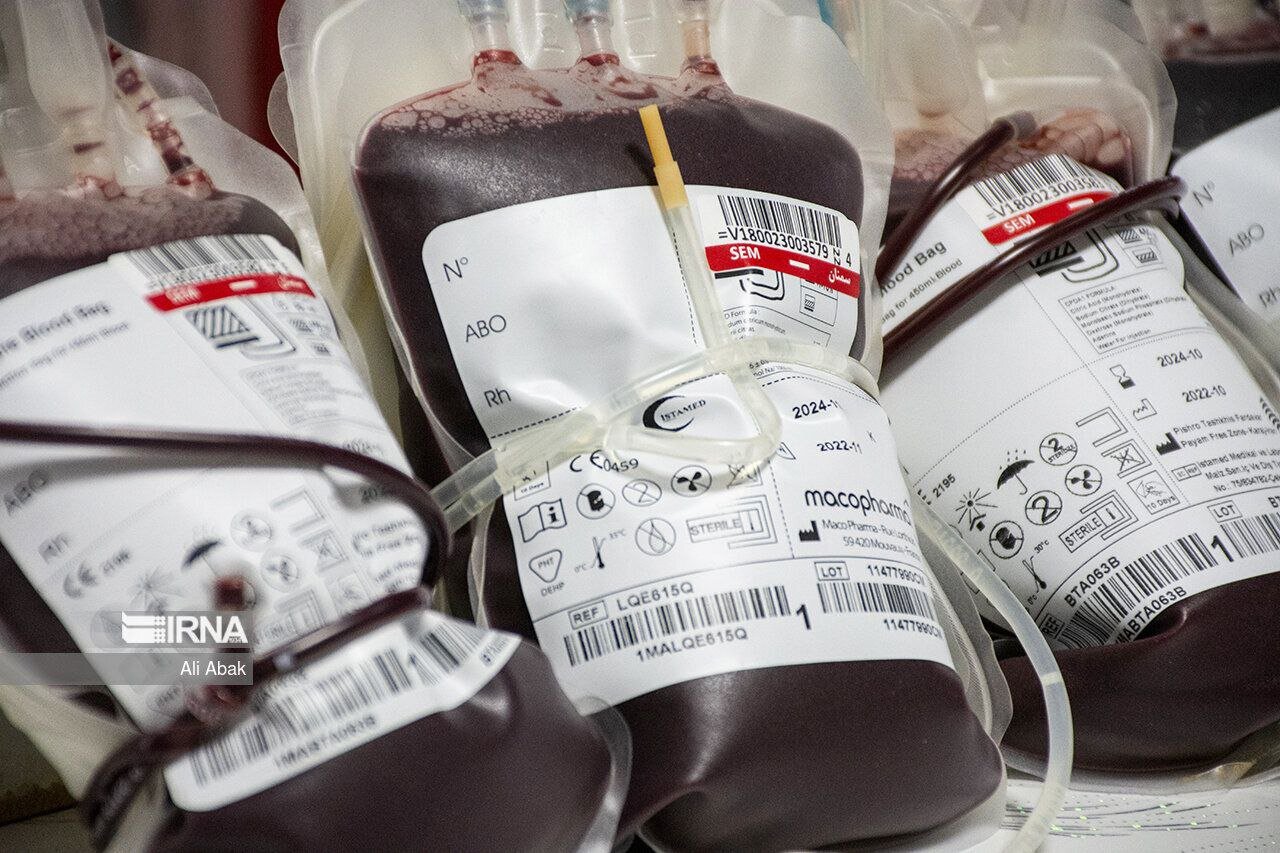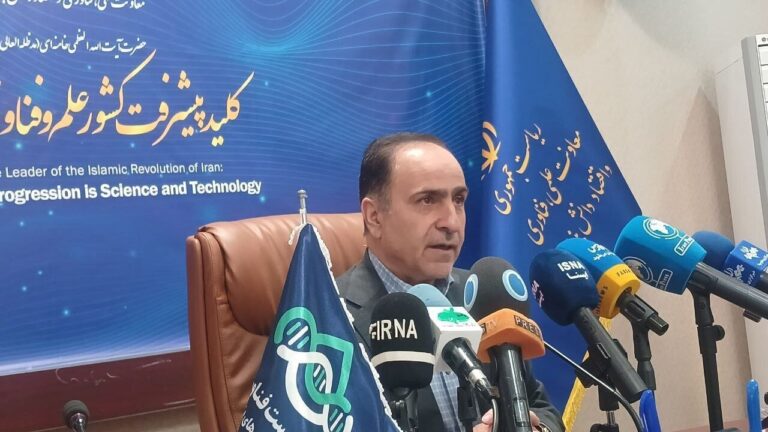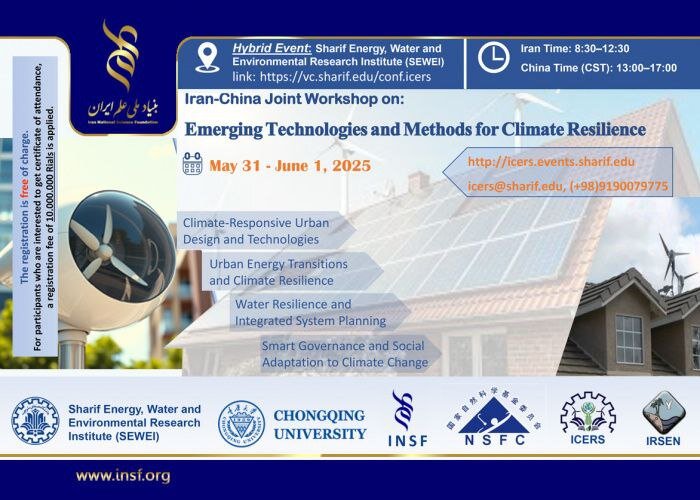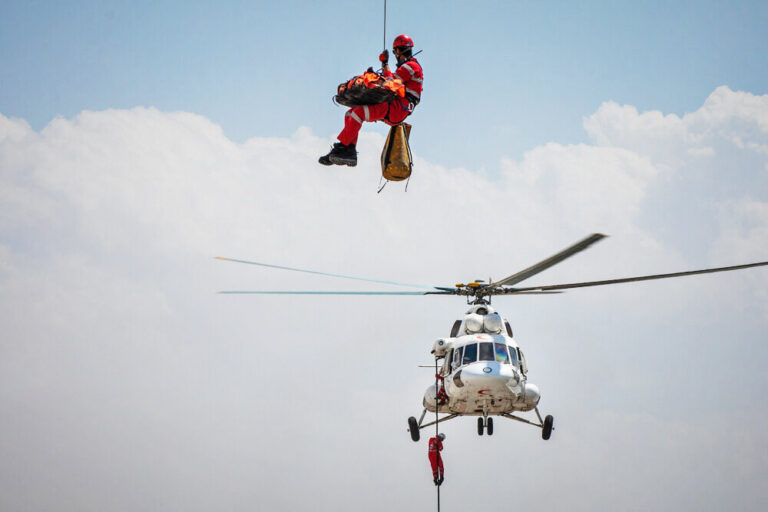Record-Breaking Generosity: 2 Million Iranians Donate Blood in Just 10 Months!
In a remarkable display of community spirit, nearly 2 million Iranians donated blood during the first ten months of the current Iranian calendar year, which commenced on March 20, 2024. This positive trend reflects a two-percent growth in blood donations compared to previous years, as reported by the Blood Transfusion Organization’s spokesperson, Bashir Haji-Beigi.
The growth in blood donations varies significantly across different provinces, with notable increases in specific regions:
- Kohgiluyeh-Boyerahmad: Over 24 percent increase
- Sistan–Baluchestan: More than 14 percent increase
- Alborz: Over 9 percent increase
Tehran province has played a significant role in this initiative, contributing over 16 percent of the total blood donations in the reported period. In the month between December 21, 2024, and January 20, 2025, approximately 35,455 blood units were donated in Tehran alone, according to Haji-Beigi.
Additionally, the provinces of Khorasan Razavi and Fars have also shown commendable efforts, together accounting for over 7 percent of the total donations.
Throughout the first ten months of this year, the distribution of blood units and products—including red cells, platelets, and plasma—has reached an impressive total of 3,347,804 units across hospitals and medical centers.
Haji-Beigi further noted that the overall growth rate for continuous blood donations in Iran has surged to over 56 percent. The provinces leading this growth include:
- Semnan: Approximately 69 percent
- Yazd: About 68 percent
- Golestan: Nearly 66 percent
Despite the remarkable contributions, women’s participation in blood donations remains low, accounting for less than 5 percent of total donations. However, provinces such as North Khorasan and Lorestan have shown higher rates, with women contributing over 8 percent and Sistan-Baluchestan close to 7 percent.
Reflecting on the previous year, a total of 2,327,997 Iranians donated blood from March 2023 to March 2024, representing a significant increase of 4.7 percent compared to the prior year. The contributions from Tehran and Fars provinces were especially noteworthy, making up more than 16 percent and over 7 percent of the total donations, respectively.
The province of Lorestan saw the highest growth in donations last year, with an impressive 22 percent increase, followed by North Khorasan at 16 percent and Kohgiluyeh-Boyerahmad at approximately 13 percent.
In terms of overall blood donation rates, the country achieved over 54 percent last year, with Semnan, Yazd, and Qom leading the provinces with the highest rates of blood donations at 69 percent, 64 percent, and 63 percent, respectively. Women’s contributions remained steady at around 4 percent.
On an international note, Jaffar Hussain, the World Health Organization (WHO) Representative to Iran, has recognized Iran’s potential as a model for other nations in blood transfusion and rare blood management. During the National Rare Blood Day celebration on January 22, he praised the country’s commitment to equitable healthcare access, ensuring that no individual is overlooked, regardless of their blood type.
Hussain emphasized the importance of addressing the unique challenges related to rare blood management, highlighting the need for collaboration, innovation, and unwavering determination in this global effort. His remarks were published on the WHO website in a press release dated January 27.
These developments showcase the collective effort of Iranians in supporting healthcare systems and the significance of blood donation in saving lives. As the country continues to promote blood donation initiatives, it remains crucial to engage the entire community, including women, to further enhance participation and ensure a sufficient blood supply for medical needs.






